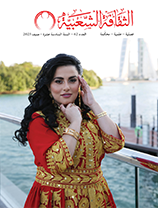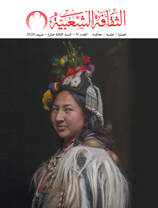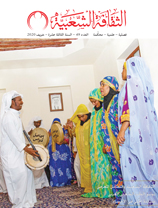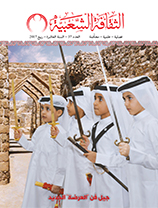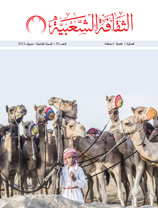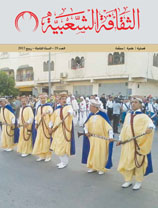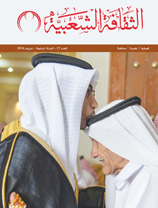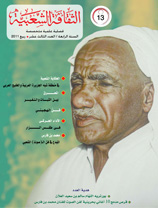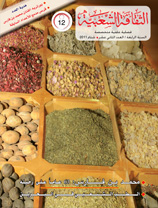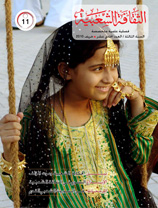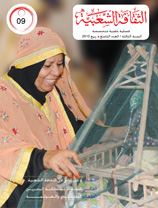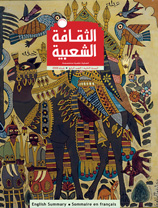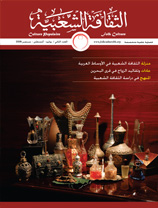Developing the Craft of Frond Weaving in Northern Sudanese Meroe
Issue 62
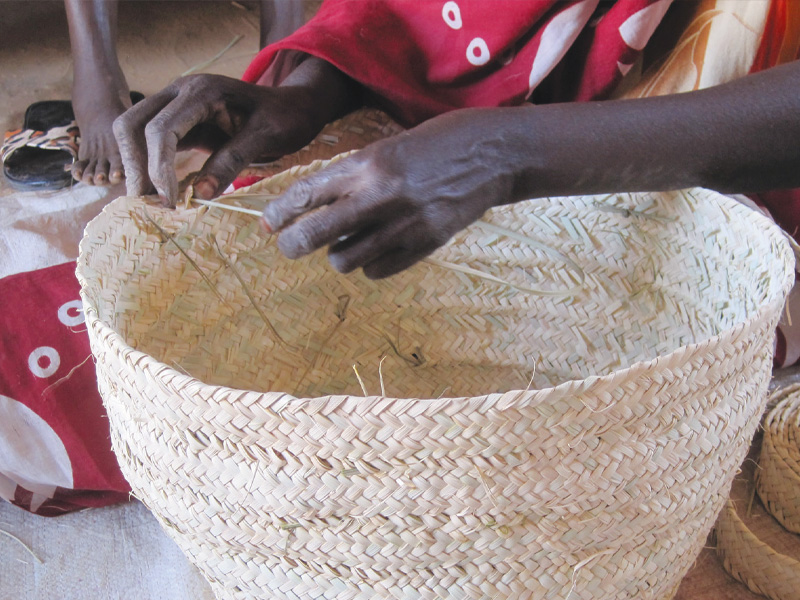
Dr. Asad Abdul Rahman Awadullah
This paper aims to propose ways to advance the art of palm frond weaving in the Meroe area of northern Sudan by drawing attention to the processes involved in getting palm fronds ready for use. Furthermore, it aims to document the variety of tools that have been used in this craft throughout Sudanese history. The paper also aims to propose suggestions for the development of the craft to better suit the demands of the modern lifestyle and correspond with its culture. These suggestions are made in light of the experiences of other Arab nations in the field of traditional crafts, which resulted in positive economic and social development.
The data for this study was gathered through in-depth interviews with local craftswomen in the Meroe area, first-hand observation of their work, as well as descriptive and photographic documentation of the entire process.
The study begins with an overview of traditional crafts and their historical, economic, social, and economic significance. It then details the archaeological discovery of palm frond tools in ancient Sudan, lists the various names and types of tools used in this craft, describes the steps involved in preparing palm fronds for use in palm frond braiding, and provides a suggested vision for its development.
This study recommends uniting the efforts of all the institutions in the field of traditional crafts under a single institution that may develop aims, set the right policies, and implement programmes that would use traditional crafts in sustainable development, thereby ensuring their preservation and transfer to future generations. This can be best done through the establishment of a Traditional Crafts Ministry which could make use of the craft to promote tourism by setting up a palm frond village with plans to expand and modernise it to meet the requirements of the modern age.





